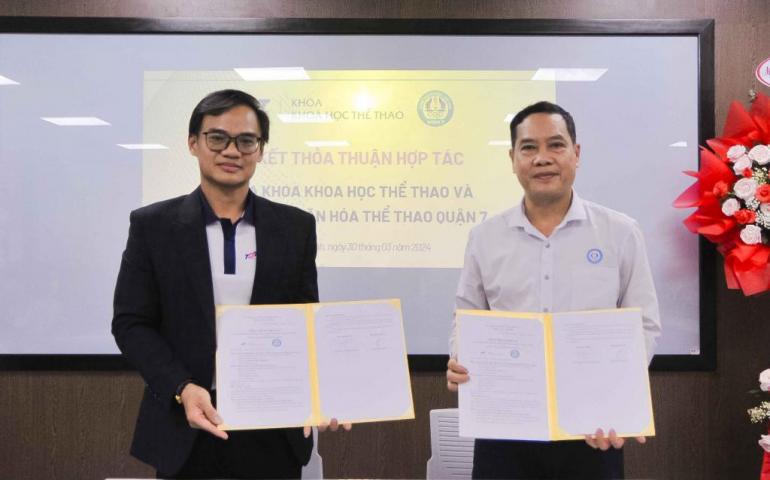- Quantitative proteomics analysis to identify biomarkers of chronic myofascial pain and therapeutic targets of dry needling in a rat model of myofascial trigger points (2018).
-
Authors: Li-Hui Li,1,2 Qiang-Min Huang,1 Marco Barbero,2 Lin Liu,3 Thi-Tham Nguyen,4 Matteo Beretta-Piccoli,2 An-Le Xu,1 Li-Juan Ji1
ABSTRACT
Background: Proteomics analysis may provide important information regarding the pathogenesis of chronic myofascial pain and the mechanisms underlying the treatment effects of dry needling.
Materials and methods: This study used a rat model of myofascial trigger points (MTrPs) to perform a proteomics analysis. Three biological replicate experiments were used to compare the proteomes of healthy control rats, a rat model of MTrP, MTrP model rats following dry needling of MTrPs, and MTrP model rats following dry needling of non-MTrPs. Tandem mass tag (TMT) labeling technology based on nanoscale liquid chromatography-tandem mass spectrometry was used. Hierarchical clustering, gene ontology (GO) analysis, Kyoto Encyclopedia of Genes and Genomes (KEGG) analysis, and protein–protein interaction network analysis were performed to characterize the proteins. To validate the TMT results, three candidate biomarker proteins were verified using parallel reaction monitoring and Western blot analysis.
Results: A total of 2,635 proteins were identified. GO and KEGG enrichment analyses showed that the glycolysis/gluconeogenesis pathways played dominant roles in the pathogenesis of chronic myofascial pain. The three candidate biomarker proteins were the pyruvate kinase muscle isozyme (encoded by the PKM gene), the muscle isoform of glycogen phosphorylase (encoded by the PYGM gene), and myozenin 2 (encoded by the MYOZ2 gene). The validation results were consistent with the TMT results.
Conclusion: This is the first proteomics study that has investigated the pathogenesis of chronic myofascial pain and the mechanisms underlying the treatment effects of dry needling in an in vivo rat model of MTrPs, which might promote our understanding of the molecular mechanisms underlying chronic myofascial pain.
Keywords: musculoskeletal pain, acupuncture, bioinformatics, mass spectrometry, tandem mass tag, parallel reaction monitoring- Link bài viết: Tham khảo thêm tại đây
- Structural and functional abnormalities of motor endplates in rat skeletal model of myofascial trigger spots (2019).
-
Authors: Qing-GuangLiua , Qiang-MinHuangb, LinLiuc, Thi-ThamNguyend
ABSTRACT
Myofascial trigger points (MTrPs) are defined as hyperirritable spots in a palpable taut band (TB) of skeletal muscle fibers. Knowing the formation and location of MTrPs is a great help to prevent their development and inactivate existing MTrPs. This study aimed to obtain new evidence that myofascial trigger spots (MTrSs), which are similar to human MTrPs, are found in dysfunctional motor endplates by observing the morphological characteristics of muscles and changes in biochemical substances. A total of 32 male Sprague Dawley rats were randomly divided into four groups: two control groups (i.e., C1 and C2) and two model groups (i.e., M1 and M2). C1 and M1 were used for acetylcholine (ACh) content measurement, while C2 and M2 were utilized for acetylcholinesterase (AChE) staining. In the model groups, blunt striking injury was induced and eccentric exercise was applied to the left gastrocnemius for 8 weeks. After 1 month, spontaneous electrical activity(SEA), AChE optical density (OD), muscle fiber diameter, and ACh content were measured. The results showed that extensive abnormal endplate noise (aEPN), including positive neurons, fibrillation potentials, fasciculation potential, and high amplitude (endplate spikes [EPS]), is present at MTrSs in M1. Quantitative electromyography results showed that the amplitudes of aEPN and frequency of EPS in M1 were significantly higher than those of C1. The ACh content of MTrSs in M1 was significantly higher than that in C1. The AChE OD value of M2 was significantly lower than that of C2. In addition, the diameter of the muscle fibers in the AChE-stained area was longer in M2 than in C2. In conclusion, MTrSs formed at the motor endplate with a larger diameter of muscle fibers. Excessive ACh release and decreased AChE activity at MTrSs stimulated muscle action potential and muscle contraction.
Link bài viết: Tham khảo thêm tại đây
- Proteins and Signaling Pathways Response to Dry Needling Combined with Static Stretching Treatment for Chronic Myofascial Pain in a RAT Model: An Explorative Proteomic Study (2019).
-
Authors: Lihui Li1,2, Qiangmin Huang1, Marco Barbero2, Lin Liu3, Thitham Nguyen4, Anle Xu1, and Lijuan Ji1
ABSTRACT
A quantitative proteomic analysis of the response to dry needling combined with static stretching treatment was performed in a rat model of active myofascial trigger points (MTrPs). 36 rats were divided into a model group (MG), a stretching group (SG) and a dry needling combined with stretching group (SDG). We performed three biological replicates to compare large-scale differential protein expression between groups by tandem mass tag (TMT) labeling technology based on nanoscale liquid chromatography mass spectrometry analysis (LC–MS/MS). Hierarchical clustering, Gene Ontology (GO), Kyoto Encyclopedia of Genes and Genomes (KEGG) enrichment and protein-protein interaction network analyses were performed for the general characterization of overall enriched proteins. For validation of the results of TMT, the candidate proteins were verified by parallel reaction monitoring (PRM) analysis. 285 differentially expressed proteins between groups were identified and quantified. Tight junction pathway played a dominant role in dry needling combined with static stretching treatment for the rat model of active MTrPs. Three candidate proteins, namely actinin alpha 3, calsequestrin-1 and parvalbumin alpha, were further validated, consistent with the results of LC–MS/MS. This is the first proteomics-based study to report the therapeutic mechanism underlying dry needling and static stretching treatment for MTrPs. Further functional verification of the potential signaling pathways and the enriched proteins is warranted. View Full-Text
Keywords: myofascial trigger points; proteomic; chronic myofascial pain; dry needling; stretching; mass spectrometry; tandem mass tag; actinin alpha 3; calsequestrin-1; parvalbumin alpha- Link bài viết: Tham khảo thêm tại đây
- Relationship between muscle spindles and myofascial trigger spots according to Hoffmann reflex pathway and tissue morphology characteristics in a rat model (2020).
-
Authors: Lin Liu1, Qiang-Min Huang2,3, Qing-Guang Liu4, Thi-Tham Nguyen5, Jian-Qin Yan6, Cheng-Zhi Bo1 .
ABSTRACT
Objectives: To determine how muscle spindles are involved in the pathophysiology of chronic myofascial trigger spots (MTrSs, similar to myofascial trigger points) in a rat injury model according to the characteristics of the Hoffmann reflex (H-reflex) and the anatomical relationship between muscle spindles and MTrSs.
Methods: 16 male Sprague-Dawley rats (7 weeks old) were randomly divided into experimental and control groups. A blunt strike injury and eccentric exercise were applied to the gastrocnemius muscle of rats in the experimental group once a week for 8 weeks as a MTrS modelling intervention. Subsequently, the rats were reared normally and rested for 4 weeks. At the end of the 12th week, the rats were examined for the presence of MTrSs defined by the detection of a palpable taut band exhibiting both a local twitch response and spontaneous electrical activity. After modelling, evocation of the H-reflex and morphological examination of muscle spindles and MTrSs were conducted.
Results: The threshold (0.35±0.04 mA) of the H-reflex and latency (1.24±0.18 ms) of the M wave recorded at MTrSs were not significantly different to those at non-MTrSs (P>0.05). Compared with non-MTrSs, a lower Mmax (4.28±1.27 mV), higher Hmax (median (IQR) 0.95 (0.80–1.08) mV) and Hmax/Mmax (median (IQR) 0.21 (0.16–0.40)), and shorter H wave latency (4.60±0.89 ms) were recorded at MTrSs (P<0.05). Morphologically, there was a close anatomical relationship between the MTrS cells and the muscle spindles.
Discussion: Compared with normal muscles, the H-reflex myoelectrical activity was enhanced and some muscle spindles might have been influenced by active MTrSs. Thus, muscle spindles may play an important role in the pathological mechanism underlying myofascial trigger points.
- Link bài viết: Tham khảo thêm tại đây




